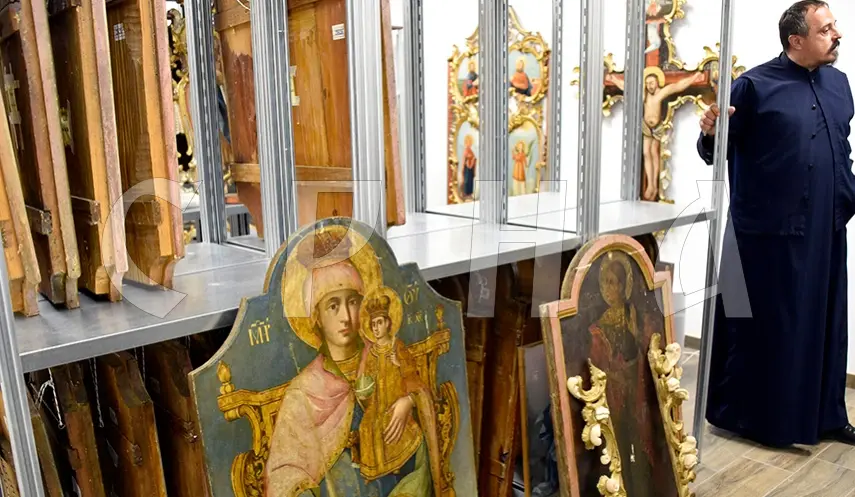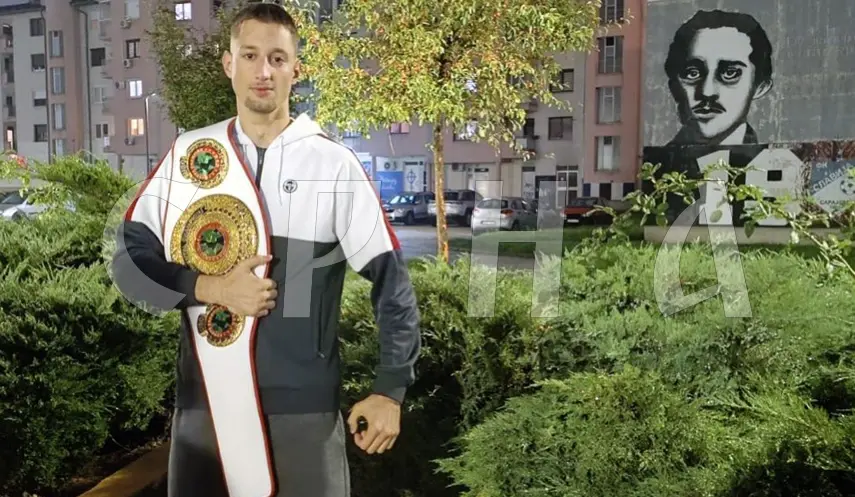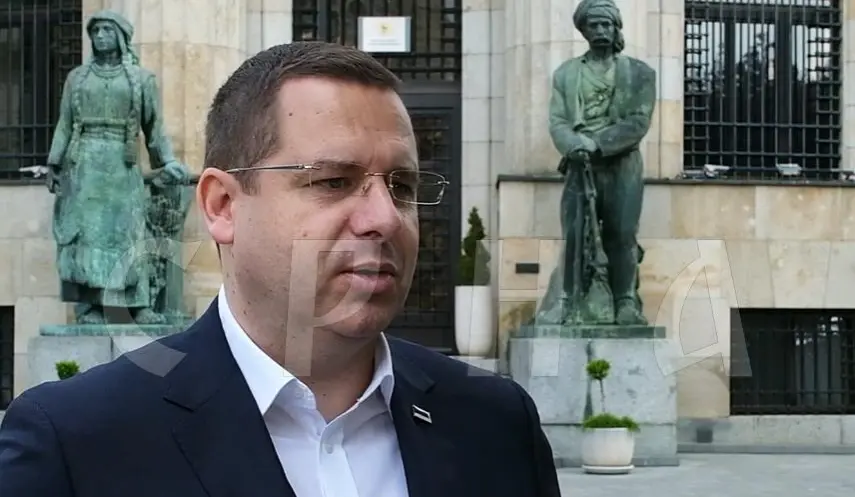BISHOP JOVAN: BISHOP'S PALACE IN PAKRAC HAS RICH CULTURAL LIFE
Croatia - Pakrac - SOC
09/28/2025
12:00

PAKRAC, SEPTEMBER 28 /SRNA/ – His Grace Bishop Jovan of Pakrac-Slavonia told SRNA that the Bishop’s Palace in Pakrac, in addition to its valuable and rare books housed in the Diocesan Library, also serves as a vibrant cultural hub that hosts events drawing guests from across the region.
The bishop emphasized that these activities are aligned with the work of the Serbian House in Pakrac, and that the palace hosts academic conferences, book promotions, and concerts.
"We hosted the promotion of the Catalog of Manuscripts from the Cetinje Monastery, which brought guests from around the world. Elite performers also attract a wider audience, such as American musician Blade Reininger, a representative of contemporary experimental music, whose concert will be held on October 14 at the Bishop’s Palace," Bishop Jovan announced.
He added that the palace’s northern wing is still in ruins, but reconstruction has recently begun.
"Once completed, we plan to expand the Library into that space, as we need more room for a reference collection dealing with manuscripts and early printed books. We will also house the Diocesan Museum and the Archive there — a collection especially rich from the time when the Ottoman Empire withdrew from Pannonia," the bishop said.
Unfortunately, he added, the archive was partially destroyed in both World War II and the 1991–1995 war, but its fragments are slowly being recovered.
"Everything will eventually find its place. Some items are returned voluntarily — others we have to demand back. One man who bought an icon from the Pakrac Monastery on the black market immediately returned it when he learned its origin. He even had it restored — a true example of how everyone should act," said Bishop Jovan.
THE EPISCOPAL SCEPTER FROM THE 18th CENTURY – A SYMBOL OF SERBIAN PRESENCE
A portion of the palace’s exhibition space features a small portrait of Bishop Kirilo Živković, a recent copy of the original lost during wartime, and the episcopal scepter of Slavonian bishops — first recorded at the end of the 18th century.
"This scepter, dating from the late 1700s, has been used at every ordination or enthronement of bishops in Pakrac and Slavonia. I was enthroned with it, and I used it during the liturgy for the consecration of the restored Cathedral. It is a living, visible symbol of the continuity and enduring presence of the Church of God here in western Slavonia. It is made of mother-of-pearl, ivory, and mahogany," Bishop Jovan said.
GOAL TO COMPLETE RECONSTRUCTION OF THE PALACE BY 2032, MARKING 300 YEARS SINCE THE FIRST WING WAS BUILT
The bishop reminded that the Cathedral, the Bishop’s Palace, and the Library were all located on the front lines during the last war.
"When you look at the mosaics on the church facade, they are now restored. But if you look at old photographs, you can see bullet holes in the faces of the archangels and of the Father, Son, and Holy Spirit. Someone deliberately shot at those faces. I ask: in whose name did that person shoot? In the name of what Christianity? The person who did that cannot call themselves a Christian. That is truly terrifying," Bishop Jovan stressed.
Today, the Bishop’s Palace and the Cathedral of the Holy Trinity are a source of pride for Pakrac — even though in the early 1990s they were reduced to ruins.
"Eleven years ago, when we entered the destroyed Cathedral and the southern wing of the Palace, no one believed it would ever look like it does today. It took us eight years to complete the eastern and part of the northern wing. Our plan is to finish the entire building by 2032 — to mark 300 years since the completion of the first wing in 1732. That date is inscribed on a round plaque now on display here, written first in Church Slavonic and then in German, stating that the wing was completed during the time of Bishop Nikifor," Bishop Jovan said.
He revealed plans to install a new commemorative plaque in 2032.
"We hope that by then, the storms of the world will calm down and that a more stable period will come, in which we can focus on work and creation. We strive to do that even now, because that is the only thing that can bring peace to the human soul — a soul that has suffered and continues to suffer, just as it did during the First and Second World Wars," said Bishop Jovan.
The human soul, he stressed, is weary — and although the 21st century brought the greatest level of education and technological advancement, it also brought the greatest human suffering.
You can watch the full report on SRNA’s YouTube channel.

RECEPTION HELD FOR NEW EUROPEAN BOXING CHAMPION IN UBO VERSION

KOVAČEVIĆ: SDS AND OPPOSITION WEREN'T LOOKING FOR PRESIDENTIAL CANDIDATE, BUT FOR SOMEONE WILLING TO LOSE ELECTIONS

BISHOP JOVAN: BISHOP'S PALACE IN PAKRAC HAS RICH CULTURAL LIFE



